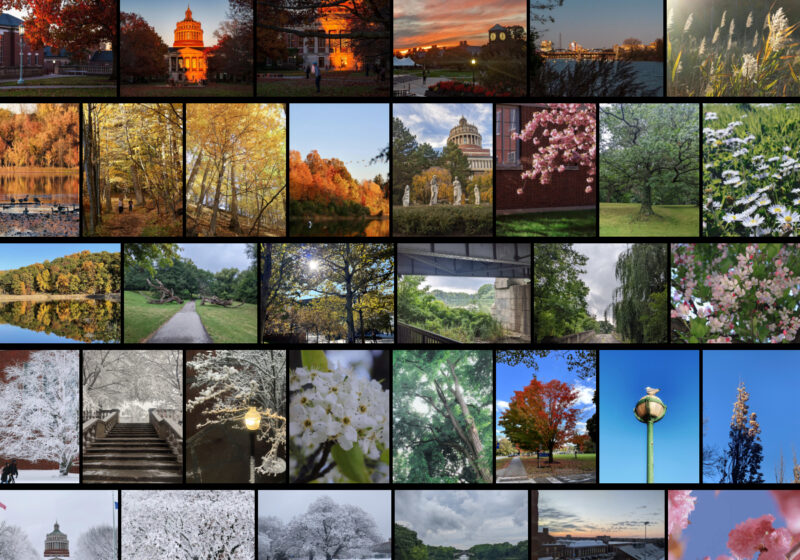In accordance with Earth Day, Writing, Speaking, and Argument Program (WSAP) Associate Professor Stella Wang’s translations class has partnered with the Ganondagan State Historic Site in Victor, NY in order to create a multicultural nature walk map of the University. The map is centered around highlighting certain flora and fauna here at the University and showing their importance – both to the University and to the Haudenosaunee (Native American) people alike. As part of the project myself, I was struck by how much I learned — and how much I had to reteach myself.
Growing up in upstate New York, I assumed that my knowledge of Haudenosaunee culture was more accurate and more ingrained than most. In elementary school, we visited longhouses and made makeshift wampum; we sat in teepees and listened to audio recordings of animals that were important to the Haudenosaunee people. However, it all felt so far away — so removed from the life I lived (albeit, as a kindergarten suburbanite, but removed nonetheless) and set so far in the past.
However, Haudenosaunee culture is not something of the past. It is still prevalent, and as inhabitants of New York, we are lucky to have resources like Ganondagan that continue to promote Haudenosaunee tradition. It’s easy to forget that the predominant cultures that we see in the modern world are not the only ones that people live by today, but historic landmarks like these help to ground us in their reality.
It is often easy to forget that the land we live on has a history beyond that of its current usage. We weren’t always here — in fact, the University campus used to be located on Prince Street, near the Memorial Art Gallery (MAG). Even after we started to inhabit this space, women weren’t coeducated here for decades. However, now we find ourselves taking use of this land, and we find ourselves cohabiting alongside the nature that pervades here.
We laugh at the groundbois and Quad Foxes; we watch as squash once planted in the Gilbert gardens overruns and invades greenery across campus. On sunny days, we all flock to Eastman Quad to take as much light in as we can before returning to the daily grind. However, we often forget to stop and take stock of what we are lucky to have here — both in terms of campus resources and the nature that surrounds us.
I find myself specifically falling victim to this modern way of thinking often. I’ll invest in a piece of tech to solve a problem that has a simpler, more natural solution; I’ll complain about something in nature without thinking about its contribution to the larger ecosystem at play. These are valid things to do, but having a more holistic, nature-centric viewpoint to shift to helps.
So, in the aftermath of Earth Day, I invite you to take a hike. Acknowledge the trees that support our hammocks; the pods of jewelweed that embellish the edges of the Genesee; the scampering squirrels and twittering birds, and be thankful. As lucky as we are to be here at this institution, we are just as lucky to get to utilize this land for our endeavors.






